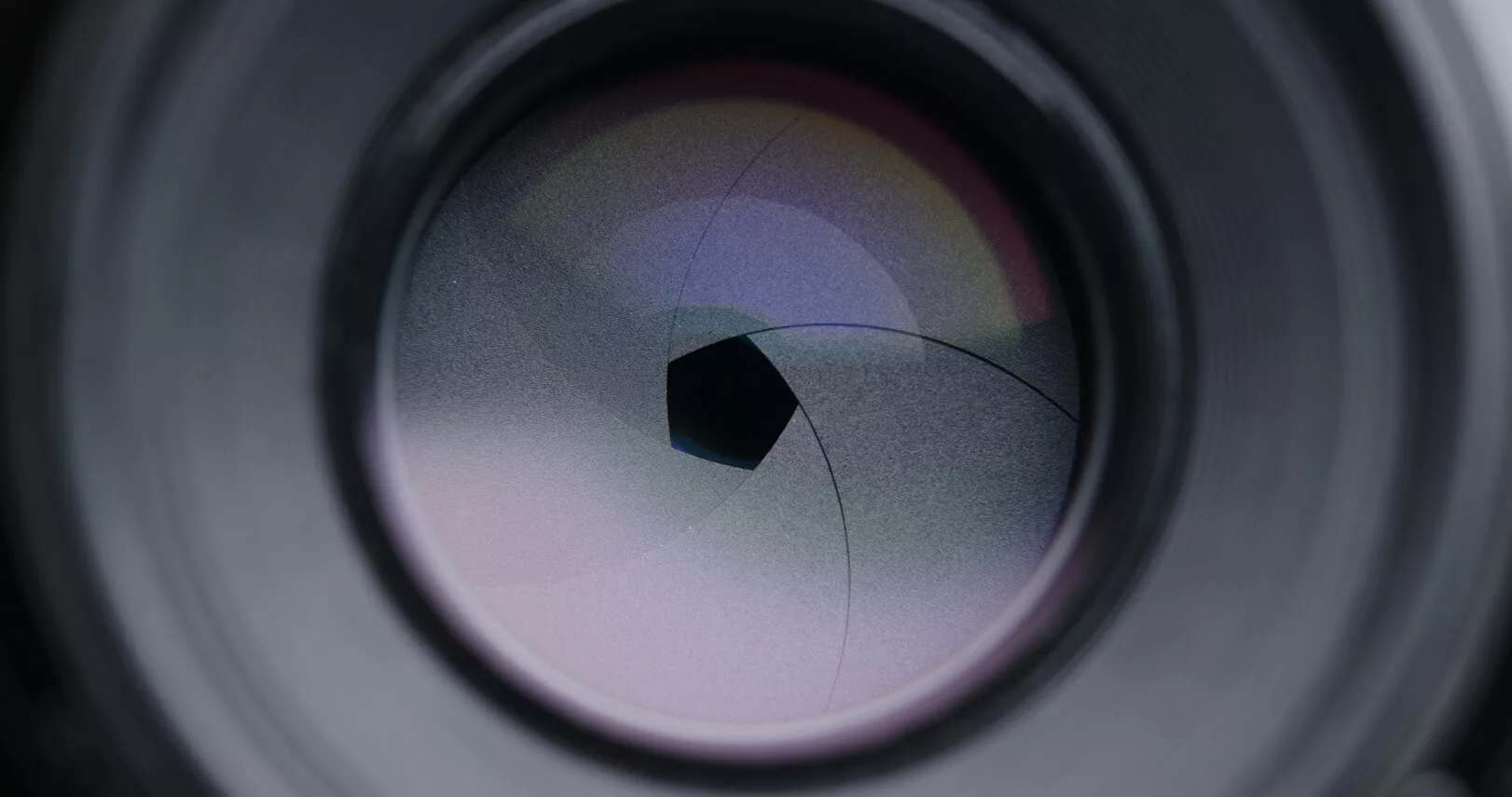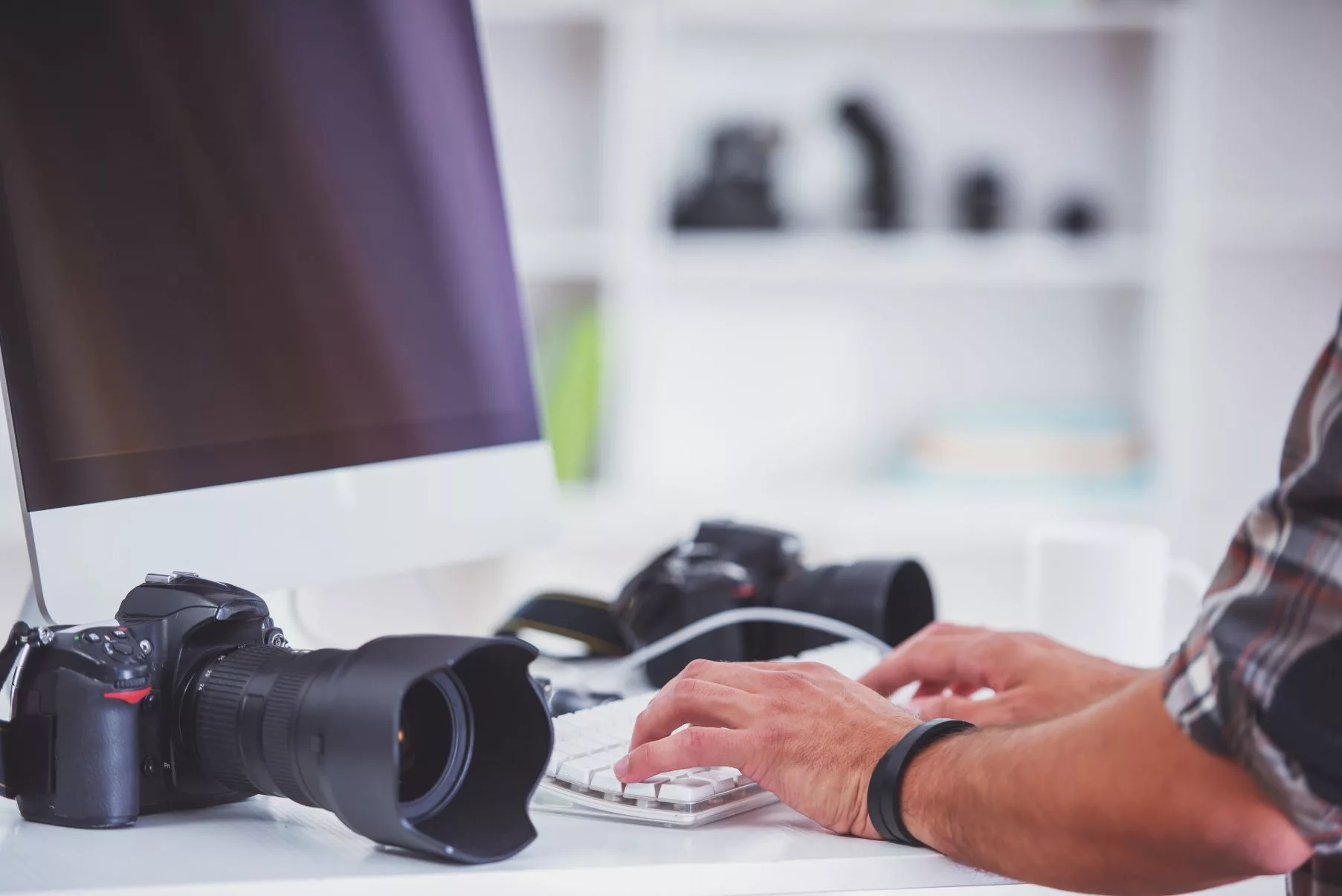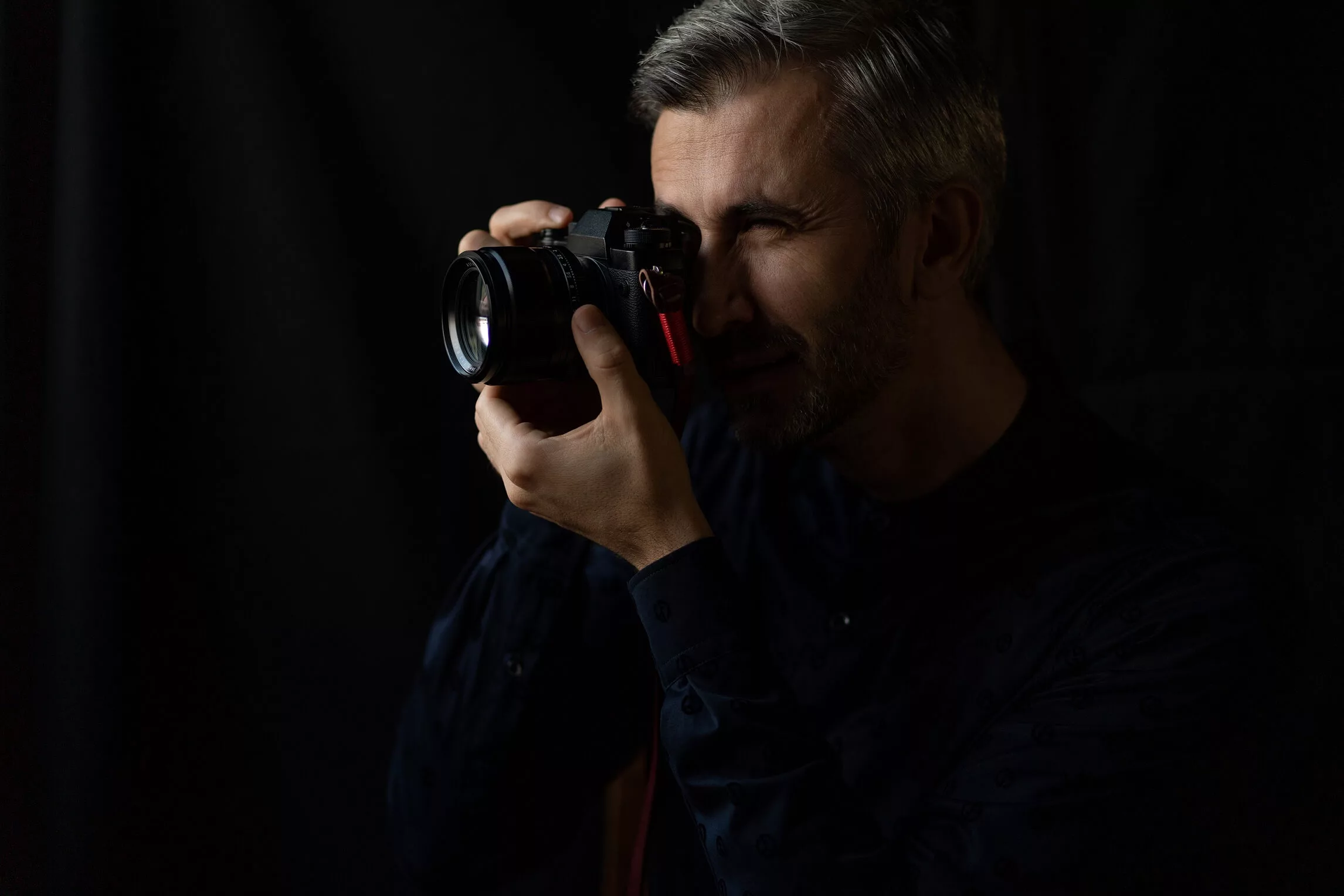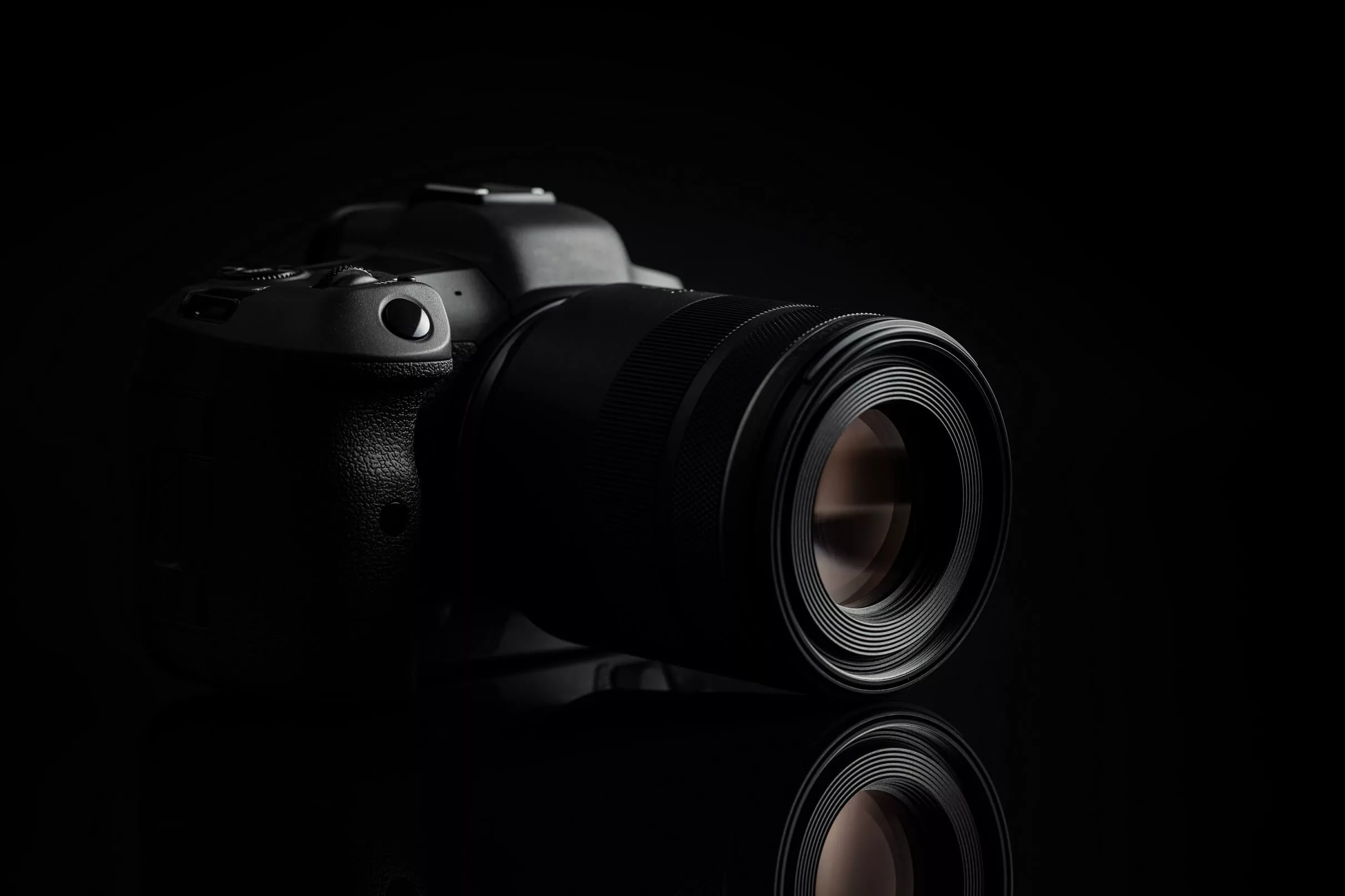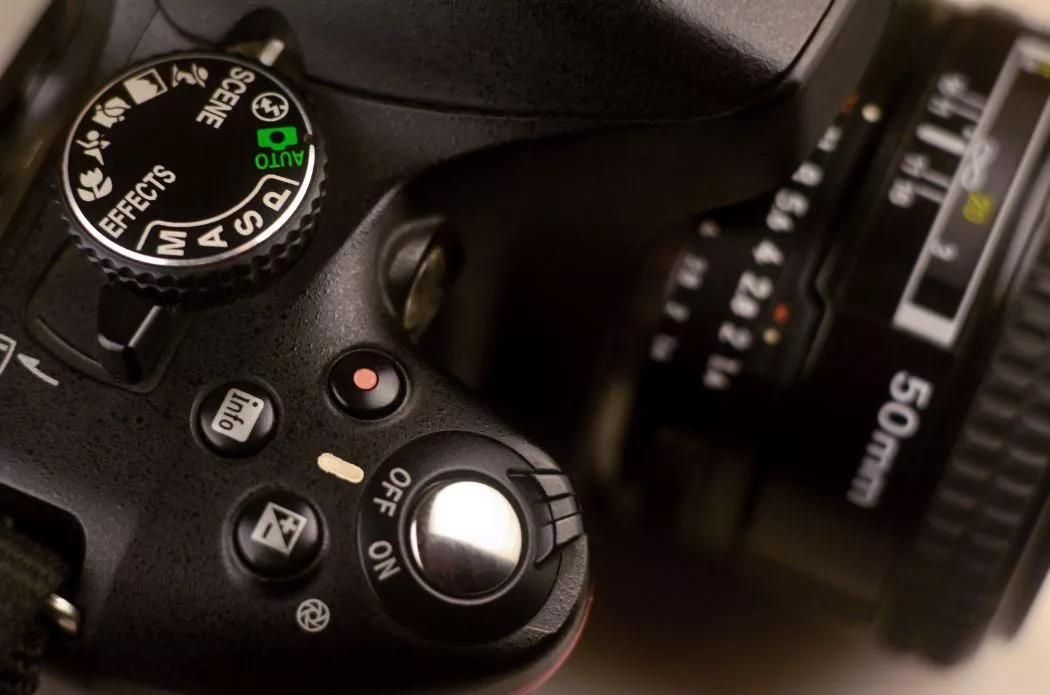In photography, mastering the technical aspects of your camera is essential to creating stunning images. Among these, aperture is one of the most powerful tools at your disposal. Aperture not only controls the amount of light entering your camera but also plays a significant role in shaping the artistic quality of your photos. Understanding how to use aperture to your advantage can elevate your photography to new heights.
What is Aperture?
Aperture refers to the opening in your camera’s lens that allows light to pass through and reach the sensor. It is measured in f-stops, such as f/1.8, f/4, f/8, or f/16. The lower the f-stop number, the wider the aperture, and the more light enters the camera. Conversely, a higher f-stop number means a narrower aperture and less light.
How Aperture Works
Aperture works similarly to the pupil of an eye. In low-light conditions, the aperture widens to let in more light, while in bright conditions, it narrows to reduce the amount of light. However, aperture does more than just control exposure—it also affects depth of field, which is the area of your photo that appears sharp and in focus.
The Impact of Aperture on Your Photos
- Depth of Field
Aperture has a direct impact on depth of field, making it a key creative tool.
- Wide Aperture (e.g., f/1.8, f/2.8): A wide aperture creates a shallow depth of field, blurring the background and making your subject stand out. This is ideal for portraits, macro photography, or any situation where you want to isolate your subject from the background.
- Narrow Aperture (e.g., f/11, f/16): A narrow aperture increases the depth of field, keeping more of the scene in focus. This is perfect for landscape photography or when you want to capture intricate details throughout the image.
- Exposure and Light
Aperture is one of the three pillars of exposure, alongside shutter speed and ISO.
- In low-light situations, a wide aperture (low f-stop) allows more light to reach the sensor, making it easier to capture well-exposed images without increasing ISO or slowing down the shutter speed.
- In bright conditions, a narrow aperture (high f-stop) reduces the amount of light, preventing overexposure.
- Bokeh Effect
A wide aperture creates a beautiful bokeh effect, where out-of-focus areas of the image appear as soft, blurred circles of light. This effect is particularly popular in portrait and artistic photography, as it adds a dreamy, professional quality to the image. - Sharpness and Diffraction
While aperture affects depth of field, it also influences the overall sharpness of your photo.
- Most lenses have a “sweet spot” (usually around f/8 to f/11) where they produce the sharpest images.
- Using extremely narrow apertures (e.g., f/16 or higher) can cause diffraction, which reduces image sharpness. This is something to keep in mind when shooting landscapes or other detail-heavy scenes.
Choosing the Right Aperture
Selecting the appropriate aperture depends on the type of photo you want to create and the conditions you’re shooting in. Here are some guidelines:
- Portraits: Use a wide aperture (e.g., f/1.8 to f/4) to create a shallow depth of field and make your subject pop.
- Landscapes: Use a narrow aperture (e.g., f/8 to f/16) to ensure everything from the foreground to the background is in focus.
- Low Light: Use a wide aperture (e.g., f/1.8 to f/2.8) to let in more light and avoid grainy images from high ISO settings.
- Macro Photography: Use a wide aperture to isolate small subjects and create a soft, blurred background.
Balancing Aperture with Shutter Speed and ISO
Aperture doesn’t work alone—it’s part of the exposure triangle, which includes shutter speed and ISO. When you adjust your aperture, you may need to compensate with the other two settings to maintain proper exposure. For example:
- If you use a wide aperture to blur the background, you may need to increase your shutter speed or lower your ISO to avoid overexposure.
- If you use a narrow aperture for a landscape shot, you might need to slow down your shutter speed or raise your ISO to ensure enough light reaches the sensor.
Creative Uses of Aperture
Aperture isn’t just a technical setting—it’s a creative tool that can help you tell a story through your photos.
- Isolating Subjects: Use a wide aperture to draw attention to your subject by blurring distracting backgrounds.
- Creating Context: Use a narrow aperture to keep both your subject and the background in focus, providing context and depth to your image.
- Playing with Light: Experiment with aperture to control how light interacts with your scene, such as capturing sunstars with a narrow aperture or creating soft bokeh with a wide aperture.
Conclusion
Aperture is a powerful tool that every photographer should understand and master. It not only controls exposure but also shapes the artistic quality of your images by influencing depth of field, sharpness, and bokeh. By learning how to use aperture to your advantage, you can take control of your camera and create photos that are both technically sound and visually compelling. So, grab your camera, experiment with different apertures, and discover the creative possibilities that await!


